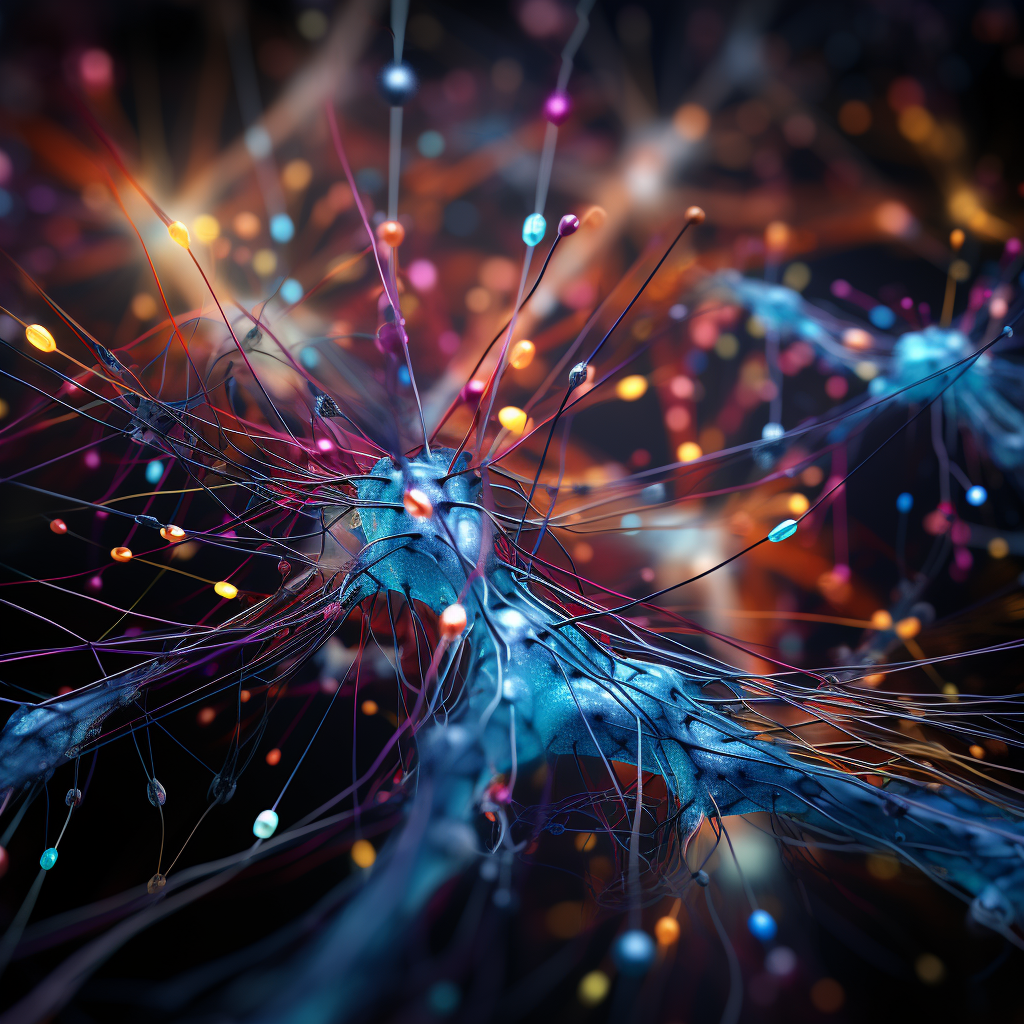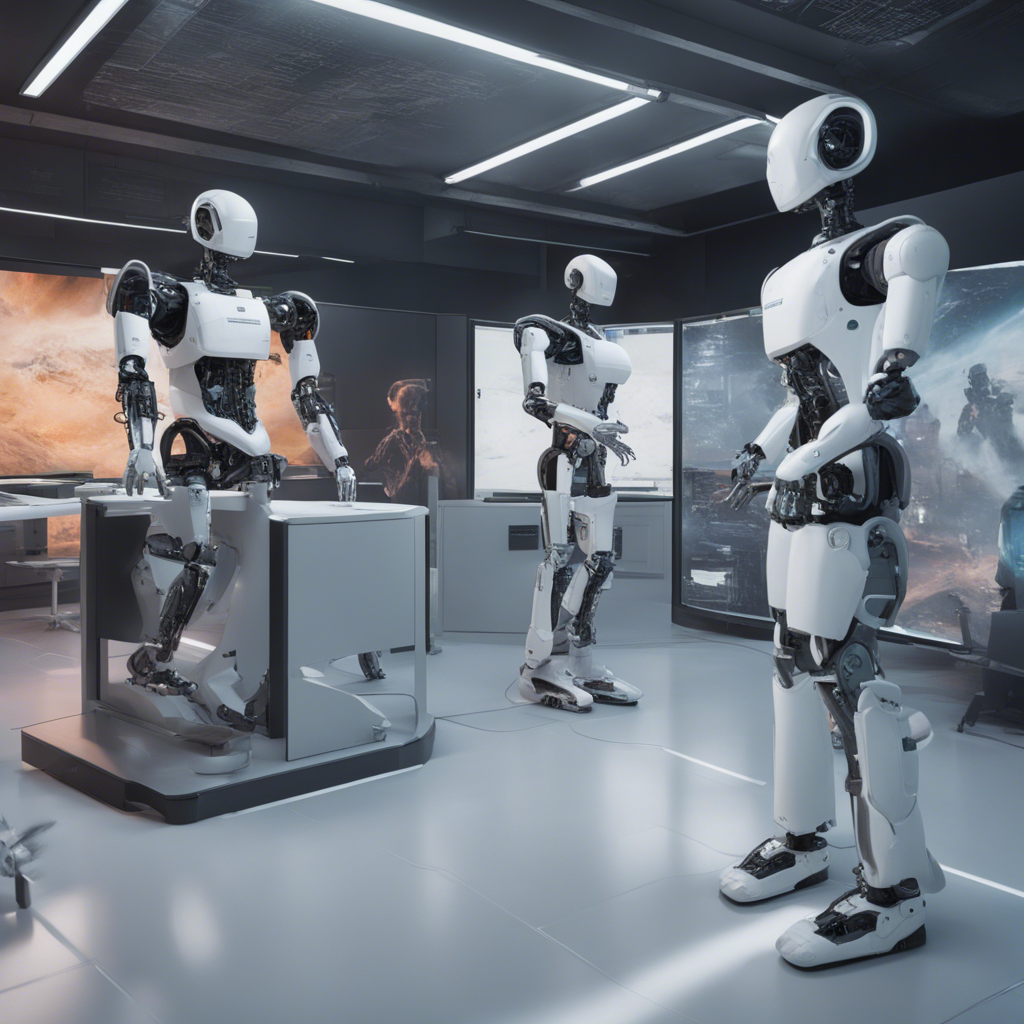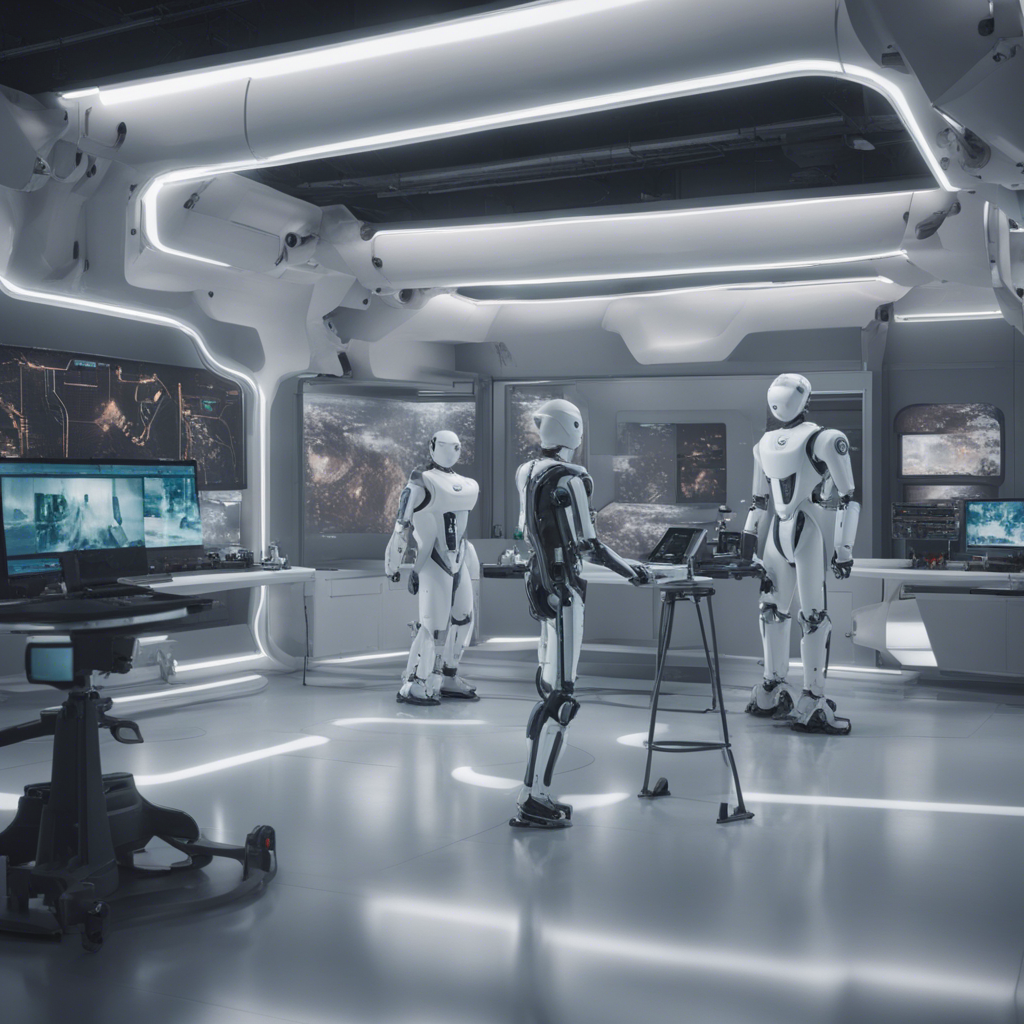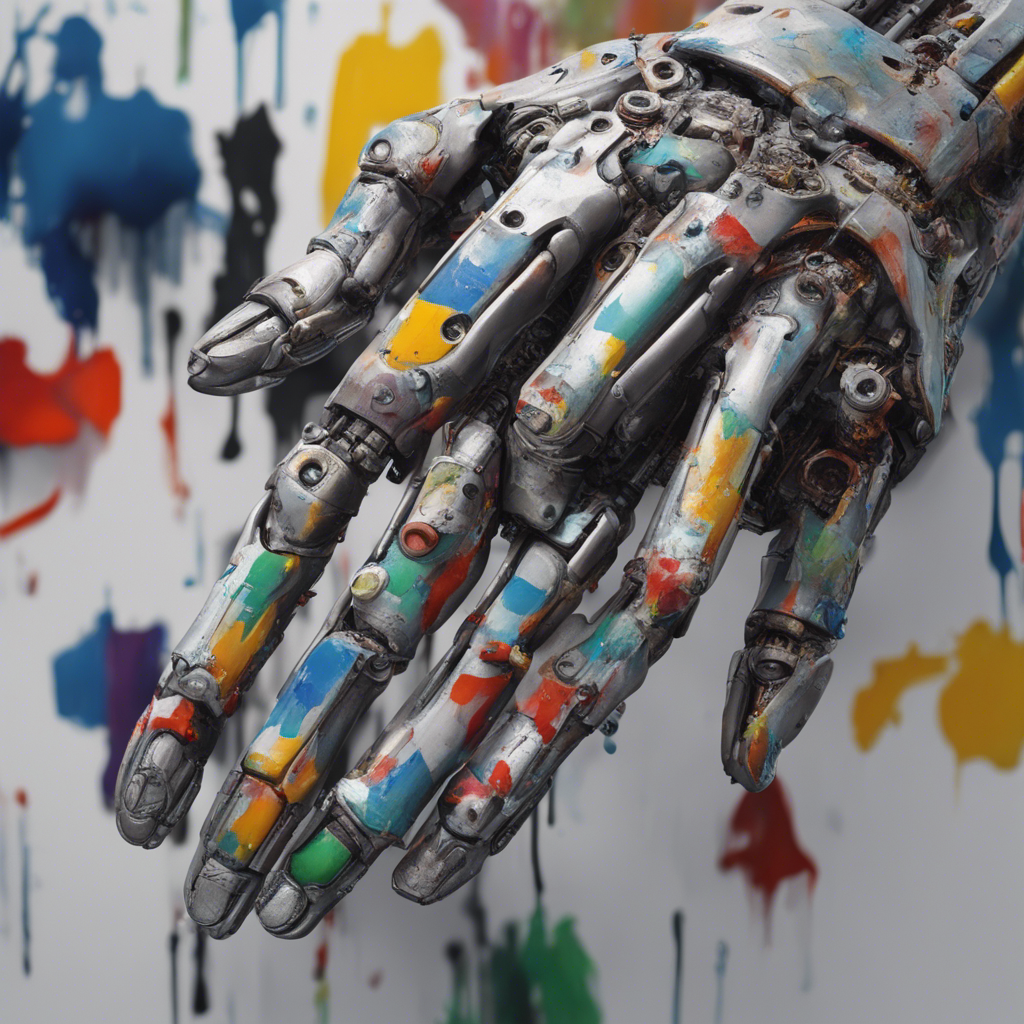
As advancements in artificial intelligence (AI) continue to reshape various industries, neural networks have emerged as a powerful tool for solving complex problems. However, with the growing popularity of AI, several myths and misconceptions surrounding neural networks have also surfaced. In this article, we will debunk some of the common myths surrounding neural networks to provide a clearer understanding of their capabilities and limitations.
Myth #1: Neural networks can think and reason like humans.
Contrary to popular belief, neural networks cannot think and reason like humans. While they are designed to mimic certain aspects of human brain functioning, they lack human-like consciousness, emotions, and understanding. Neural networks are mathematical models that process data and make predictions based on patterns learned from training data.
Myth #2: Neural networks are infallible and always provide accurate results.
Neural networks are powerful tools, but they are not infallible. They heavily rely on the quality and diversity of the data they are trained on. If the training data is biased or incomplete, neural networks may produce inaccurate or biased results. Additionally, neural networks may struggle when confronted with data that falls outside the scope of their training. It is important to carefully evaluate and validate the outputs generated by neural networks to ensure their reliability.
Myth #3: Neural networks are a black box and cannot be understood.
While neural networks can be complex models, they are not entirely black boxes. Researchers and practitioners have developed techniques to interpret and explain the decisions made by neural networks. For example, methods such as feature importance analysis and gradient-based attribution can provide insights into the factors influencing the network’s predictions. This interpretability helps build trust and enables further improvements and optimizations of neural networks.
Myth #4: Neural networks will take over human jobs completely.
While neural networks have the potential to automate certain tasks and improve efficiency in various industries, they are unlikely to completely replace human workers. Neural networks excel at pattern recognition and data analysis, but they lack human-level creativity, intuition, and adaptability. Instead of fearing job displacement, we should focus on the collaborative potential of humans and neural networks, where humans can leverage the power of AI to enhance their decision-making and problem-solving capabilities.
Myth #5: Neural networks can solve any problem and are the ultimate solution.
Neural networks are powerful tools for solving specific types of problems, such as image recognition, natural language processing, and time series forecasting. However, they are not a universal solution for all problems. Some problems may require specialized algorithms or different approaches altogether. It is essential to carefully assess the problem domain and consider alternative techniques before deciding to use neural networks.
In conclusion, neural networks are remarkable tools for AI applications, but it is crucial to separate fact from fiction when it comes to understanding their capabilities. By debunking these common myths, we hope to provide a more accurate and nuanced understanding of neural networks and their role in advancing artificial intelligence.
References:
- Goodfellow, I., Bengio, Y., & Courville, A. (2016). Deep Learning. MIT Press.
- Doshi-Velez, F., & Kim, B. (2017). Towards A Rigorous Science of Interpretable Machine Learning. arXiv preprint arXiv:1702.08608.






